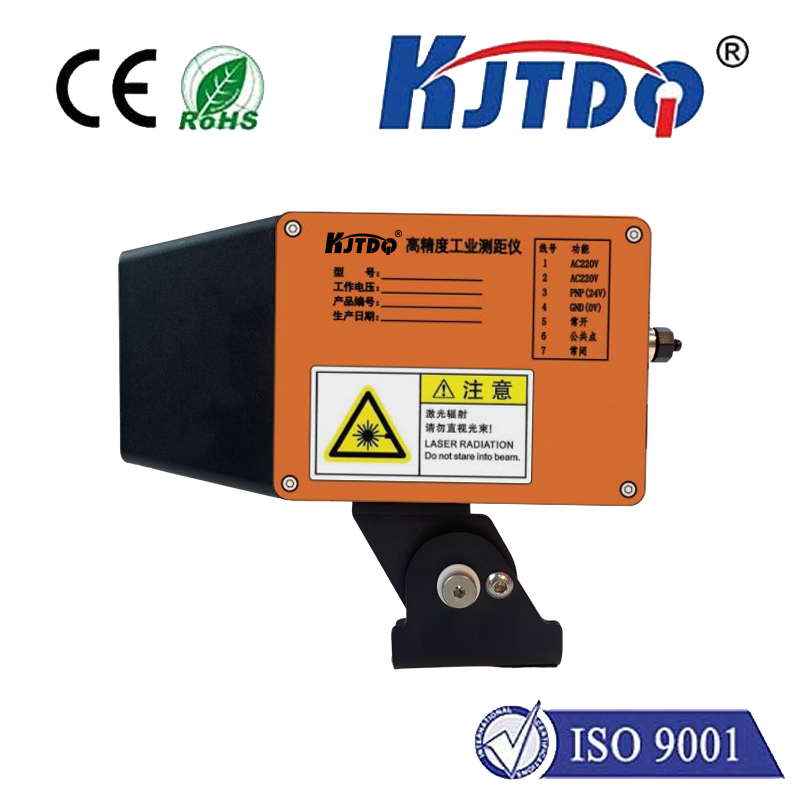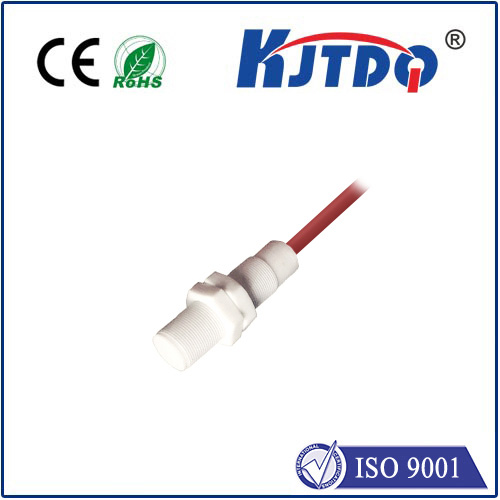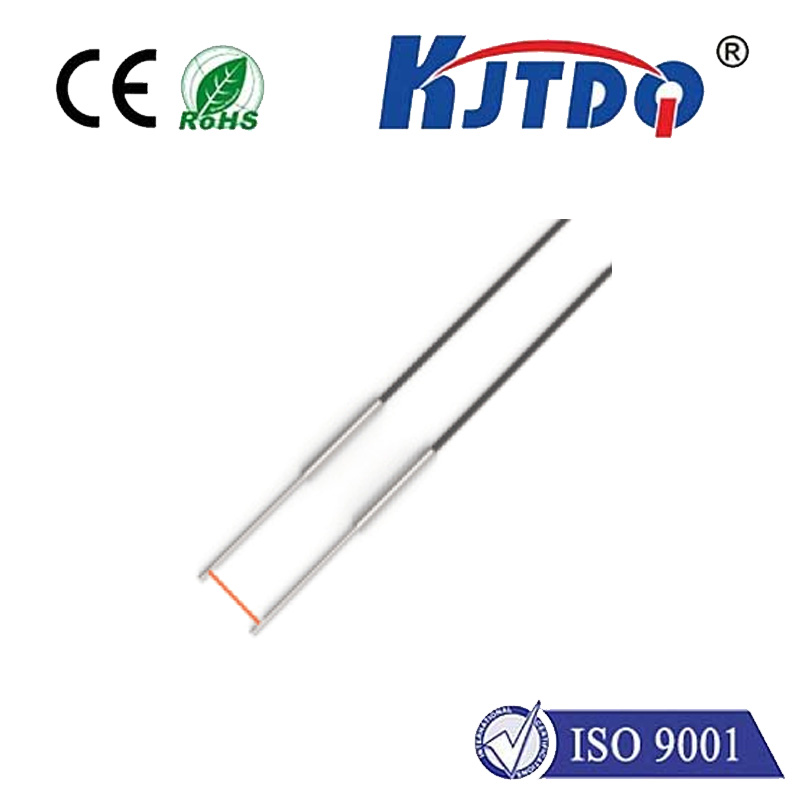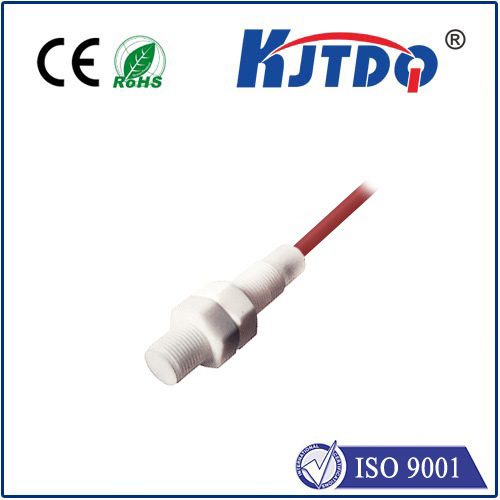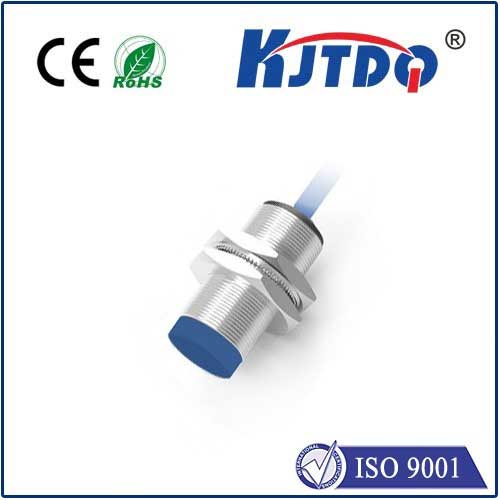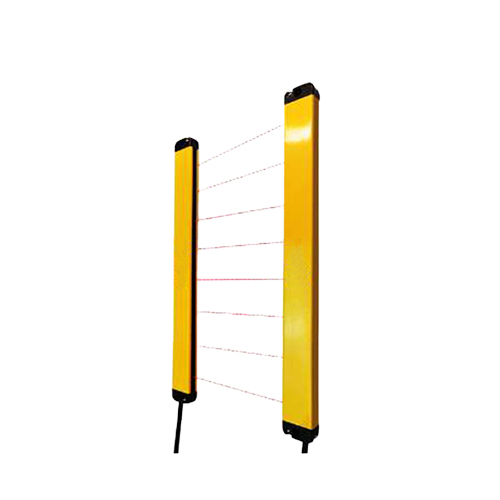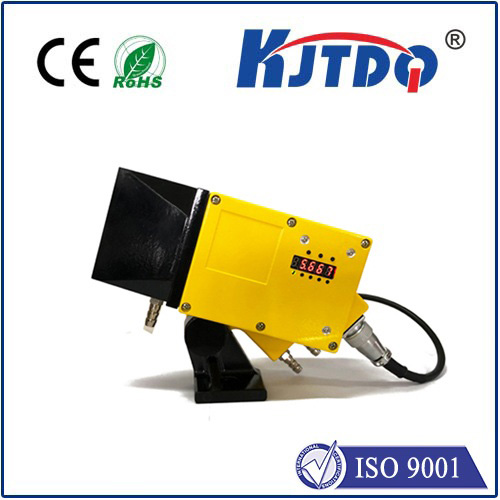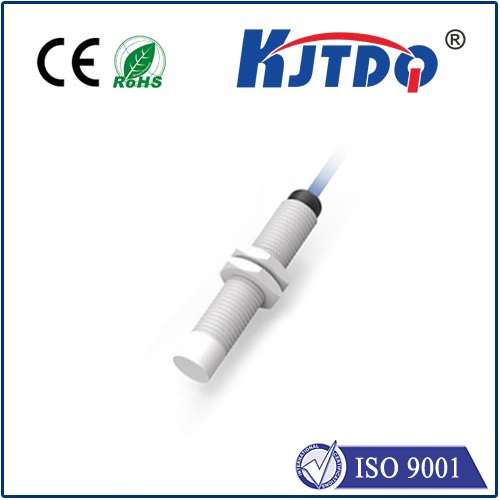proximity sensor small
- time:2025-09-06 04:59:33
- Click:0
Small Proximity Sensors: Big Impact in Miniature Packages
Imagine your smartphone screen instantly darkening as you raise it to your ear, or your smartwatch magically waking up when you glance at it. This everyday magic is powered by an incredibly small yet vital component: the proximity sensor. The relentless drive for miniaturization has transformed these devices, making ‘small’ not just a descriptor, but a fundamental requirement enabling innovation across countless industries. Tiny proximity sensors are the unsung heroes powering smarter, sleeker, and more responsive technology.
Why Small Size Reigns Supreme
The demand for miniature proximity sensors is far from arbitrary; it’s driven by critical engineering and design imperatives:
- Space Constraints: Modern devices are marvels of compact engineering. Smartphones, wearables, hearables (like TWS earbuds), IoT modules, and intricate robotics have incredibly limited internal real estate. A sensor that occupies excessive space is simply not an option. Miniaturization allows seamless integration without compromising other essential components like batteries, processors, or larger displays.
- Lightweight Design: Especially in portable electronics and wearables, every gram matters. Small sensors contribute significantly to reducing overall device weight, enhancing user comfort and portability. This is crucial for applications like AR/VR headsets or fitness trackers worn for extended periods.
- Design Flexibility & Aesthetics: Engineers and designers need flexibility. A small sensor can be positioned in locations that larger sensors couldn’t access – behind sleek glass front panels, within the thin bezels of displays, or integrated into the curved surfaces of modern devices. This enables the minimalist, bezel-less designs consumers demand while maintaining crucial functionality.
How These Mini Marvels Work (Briefly)
Most small proximity sensors function based on one of two common principles:

- Infrared (IR) Based: Emits an invisible infrared light beam. When an object (like your head near a phone) comes close, it reflects the beam back to a receiver. The sensor detects this reflection and triggers an action (like turning off the screen). These are common in consumer electronics.
- *Inductive* or Capacitive Based: Ideal for detecting metallic objects (inductive) or changes in an electrical field caused by conductive/non-conductive materials (capacitive). They require no physical contact and excel in industrial automation (detecting parts on a conveyor) and position sensing within machinery. Miniature versions fit into tight spaces on production lines.
The Vast Universe of Small Proximity Sensor Applications
The impact of miniaturized proximity sensors extends far beyond your pocket:
- Consumer Electronics:
- Smartphones/Tablets: Screen on/off during calls, preventing accidental touches. Essential for maximizing battery life and usability.
- Laptops: Detecting lid closure for sleep mode.
- Wearables (Smartwatches, Fitness Trackers): Enabling automatic wake-on-raise and gesture control.
- Wireless Earbuds: Detecting insertion into the ear for automatic play/pause and removal for pause/off.
- Smart Home Devices: Touchless faucets, soap dispensers, automatic trash can lids, presence detection.
- Industrial Automation:
- Position Verification: Confirming parts are present and correctly positioned on assembly lines – critical for quality control and process efficiency. Tiny sensors fit into cramped machinery.
- Object Counting: Tracking items moving past a point on a conveyor belt.
- End-of-Travel Detection: Sensing when a robotic arm or moving part has reached its limit.
- Robotics: Providing robots with basic obstacle avoidance capabilities near their chassis or grippers, enabling safer human-robot collaboration (cobots).
- Automotive: Integrated into door handles for keyless entry, detecting occupants for airbag control, or ensuring sunroof closure safety.
- Medical Devices: Used in precise equipment for non-contact position sensing in pumps, diagnostic tools, and patient monitoring systems where sterility or space is paramount.
- IoT Devices: Small size and low power are king in the Internet of Things. Proximity sensors enable smart lighting, occupancy detection, and interactive features in countless networked devices without draining batteries.
Key Advantages Beyond Miniaturization
While size is paramount, the best small proximity sensors deliver more:
- Low Power Consumption: Essential for battery-operated devices. Efficient sensing algorithms and hardware design minimize energy drain, significantly extending operational life.
- High Reliability: Solid-state design (no moving parts) ensures long operational life and resilience in various environments (though environmental sealing is still important for harsh conditions).
- Fast Response Times: Reacting almost instantaneously to the presence or absence of an object, which is critical for real-time control in automation and responsive user interfaces.
- Cost-Effectiveness: Mass production techniques have made sophisticated miniature sensors highly affordable, enabling their deployment in high-volume consumer products.
Challenges in the Shrinking World
Designing and manufacturing effective small proximity sensors isn’t without hurdles:
- Performance Trade-offs: Reducing size can sometimes impact sensing range or sensitivity. Engineers constantly innovate to maintain performance in shrinking footprints.
- Power Consumption Balancing: Squeezing sophisticated electronics into a tiny space while minimizing power requires advanced chip design and power management techniques.
- Environmental Resilience: Ensuring the tiny sensor remains reliable despite potential exposure to dust, moisture, vibration, or temperature extremes necessitates robust packaging and design.
- Electromagnetic Interference (EMI): Packing electronics tightly increases potential for EMI. Careful shielding and filtering are essential.
The Future: Even Smaller, Smarter, More Integrated
The evolution of small proximity sensors shows no signs of slowing:
- Enhanced Integration: Combining proximity sensing with other functionalities (ambient light sensing, gesture recognition) into single, even smaller multi-function sensor hubs.
- Improved Range & Accuracy: Advancements in optics, algorithms, and materials will push the boundaries of what tiny sensors can detect and how precisely.
- Ultra-Low Power Innovations: Leveraging technologies like MEMS (Micro-Electro-Mechanical Systems) and potentially new sensing principles (like quantum tunneling composites) for radically lower power consumption, powering sensors for years on miniature batteries or energy harvesting.
- AI Integration: Sensors will become smarter on-chip, capable of basic pattern recognition or decision-making locally, reducing the processing burden on the main system.
In essence, the ‘small’ in proximity sensors is a cornerstone of modern technological progress. These miniature sentinels enable the sleek, intuitive, and efficient devices we rely on daily, while driving automation and innovation across industries. Their small size belies their immense functional significance, proving that great things truly do come in small packages. As miniaturization continues, their capabilities will only expand, embedding intelligence and responsiveness deeper into the fabric of our physical world.






